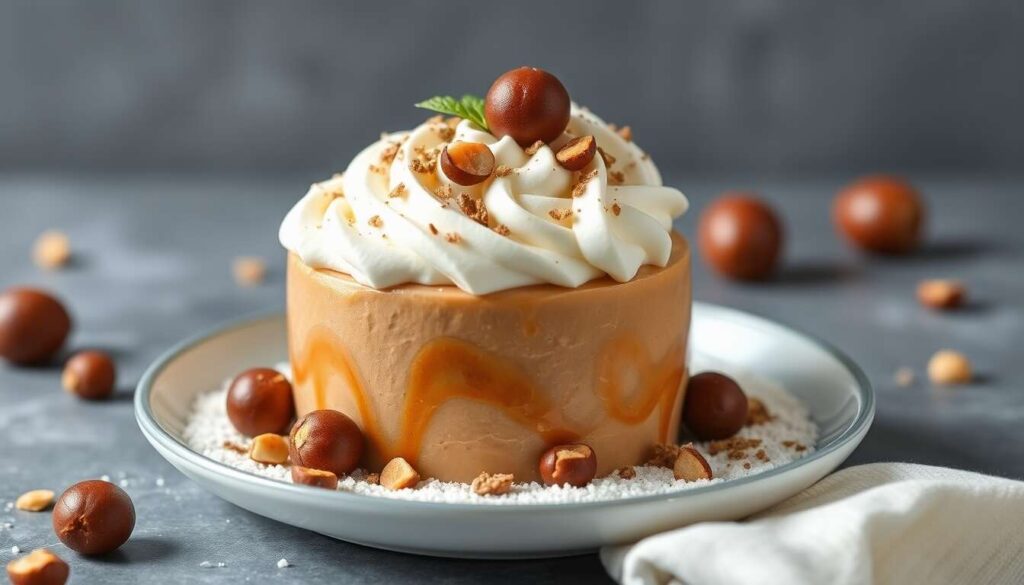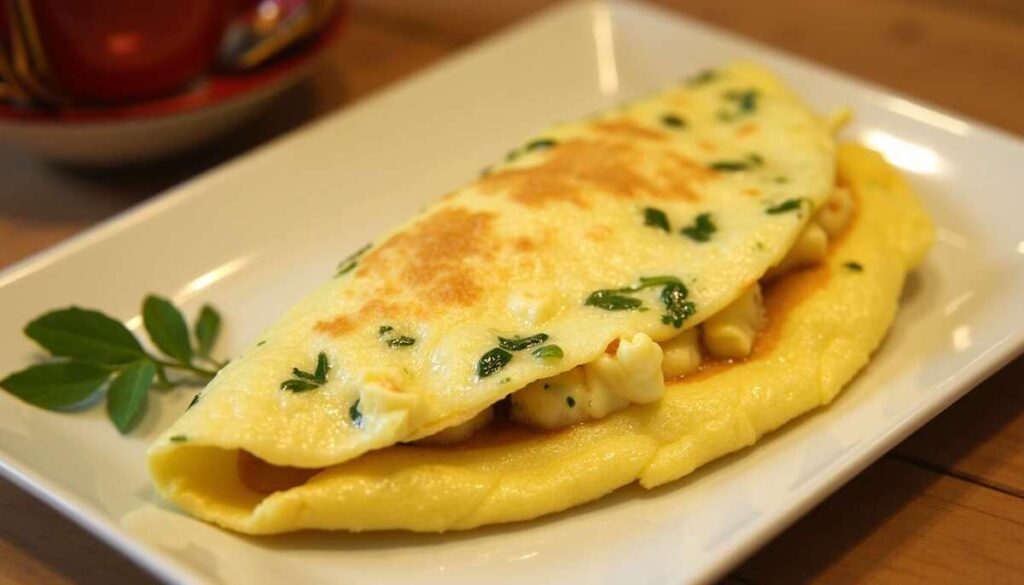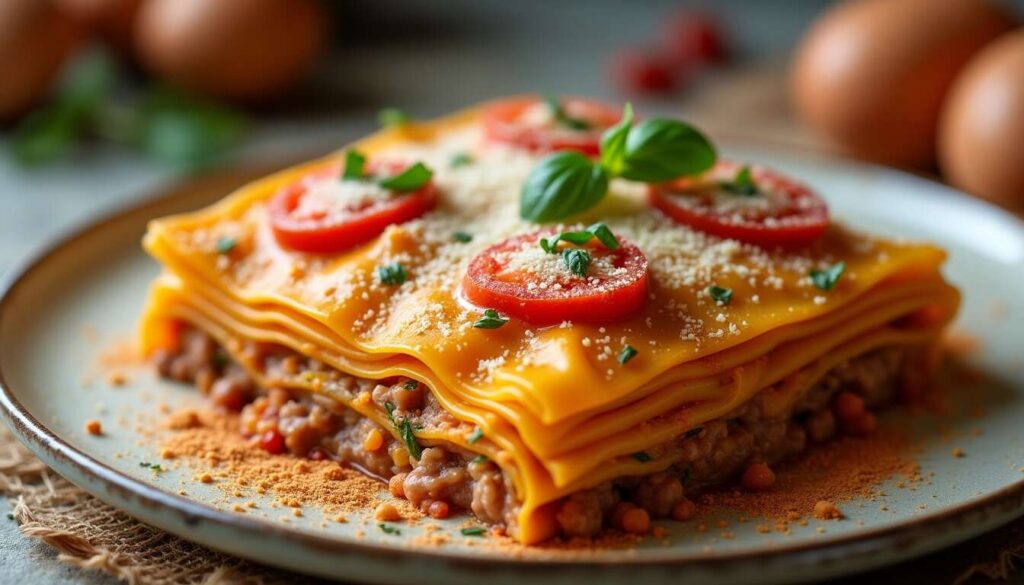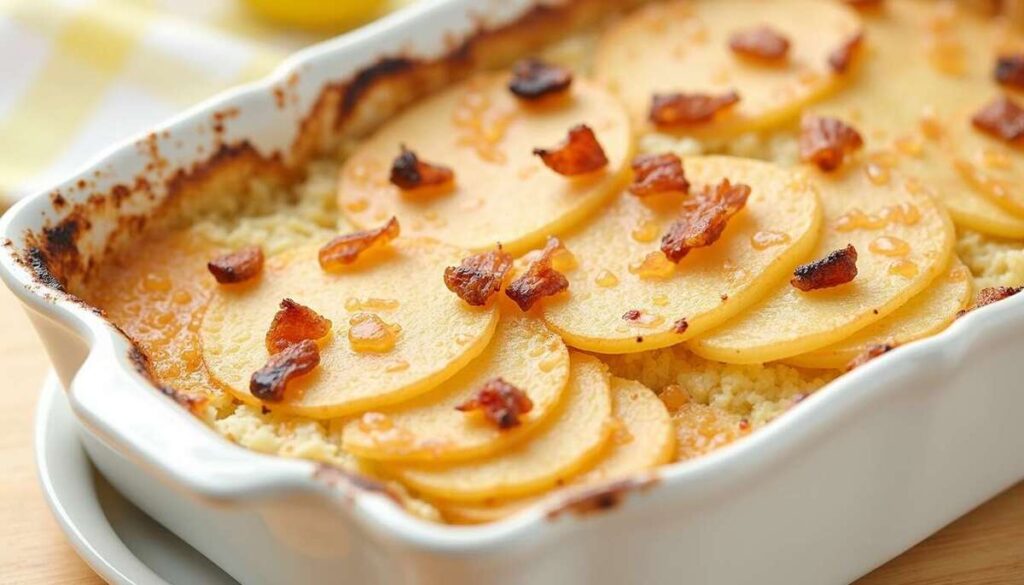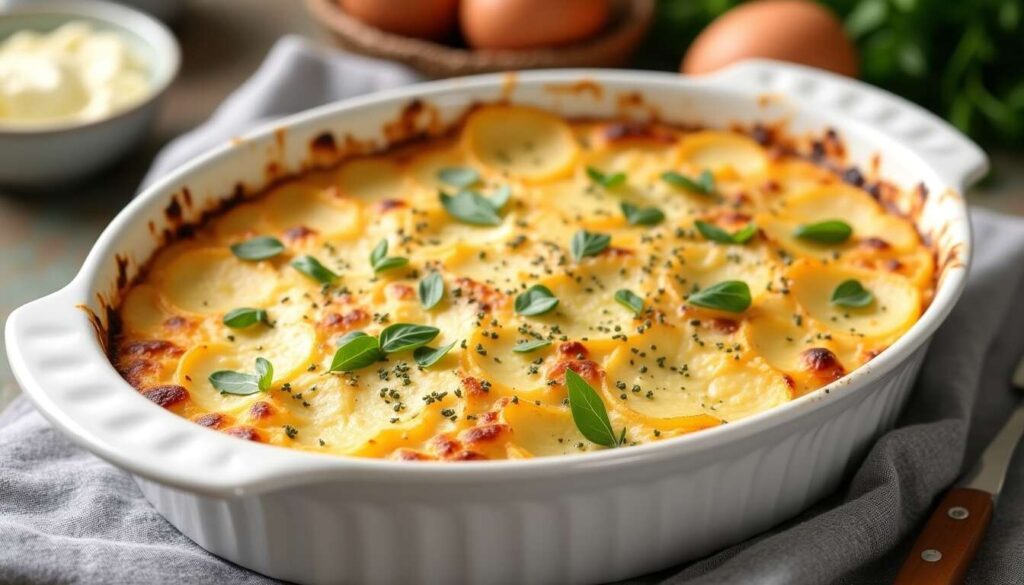Cooking fish in a skillet can indeed present a challenge, especially when faced with a fillet that disintegrates during preparation. The promise of a delicious and aesthetically pleasing dish may seem out of reach, but fret not—there are solutions to this common dilemma. In this article, we will explore the key steps to successfully cooking your fish without it falling apart, while preserving its delicate flavor.
Understanding why fish sticks
The scientific reasons behind sticking
The phenomenon of fish sticking to the pan can be explained by physical and chemical factors. As the fish heats up, the proteins on its surface denature, meaning they transform and tend to cling to the hot surface of the skillet.
Impact of moisture and heat
Another reason fish tends to stick is its moisture content. Excessively moist fish increases the likelihood of sticking, as the water reacts with heat and fat, resulting in adhesion.
Once we understand these reasons, it becomes easier to prepare for successful cooking. Now, let’s focus on selecting the right utensils.
Choosing the right utensils for successful cooking
Recommended types of skillets
Using a suitable skillet is essential to prevent fish from sticking. Opt for:
- Non-stick skillets: These greatly minimize adhesion thanks to their special coating.
- Cast iron skillets: They ensure even heat distribution and develop a naturally non-stick surface when well-maintained.
Using silicone or wooden utensils
To flip the fish without damaging it, favor spatulas made of silicone or wood. These gentle tools protect the fish’s delicate flesh and prevent breakage.
With the right utensils in hand, let’s examine how to prepare the fish before cooking it.
Preparing the fish before cooking
Drying the fish properly
Before cooking, ensure that your fish is well dried. Use paper towels to remove any excess moisture that could lead to sticking.
Using fats wisely
Be sure to grease your skillet with an appropriate fat like olive oil or butter, which will help prevent the fish from adhering to the surface.
Once your fish is well-prepared, the next essential step is mastering skillet temperature.
Mastering skillet temperature
Adjusting temperature for optimal cooking
A properly heated skillet is crucial for a smooth cooking experience. The fish should be seared at a high but not excessive temperature to allow the proteins to cook without sticking.
Techniques to check temperature
To ensure your skillet is at the right temperature, perform a simple test with a few drops of water. If they sizzle and evaporate quickly, you are ready to start cooking.
After verifying the temperature, a few tricks can guarantee perfect cooking.
Using tips to prevent fish from sticking
Cooking perfection tips
In addition to the aforementioned advice, here are some tricks:
- Do not move the fish: Allow it to cook undisturbed to form a crust.
- Season lightly: Over-seasoning can cause herbs or spices to burn and stick.
Making breaded fillets
For a delicious alternative, coat your fillets in a breadcrumb batter. This enhances their resistance to sticking and adds a crunchy texture.
And if, by misfortune, your fish sticks? Do not worry; here’s how to respond.
Responding effectively if fish sticks
Recovering the fish without damaging it
If the fish seems stuck, do not force it. Wait a few moments for it to detach naturally from the pan.
Recovery techniques
Use a thin spatula to gently slide underneath the fish in a rocking motion. This allows it to detach without breaking apart.
After addressing these potential mishaps, why not explore other cooking techniques?
Exploring other methods of cooking fish
Discovering alternatives to the skillet
To diversify your culinary repertoire, consider other methods such as:
- Baking: For even cooking that requires minimal supervision.
- En papillote: Preserves the fish’s aromas and tenderness while providing an elegant presentation.
- Grilling: Imparts a subtle smoky flavor while being quick and efficient.
Experimenting with steaming
Steaming is ideal for retaining the fish’s nutrients without added fats while ensuring a delicate texture.
Before proceeding to your preparation, be sure to select the right fish for your recipe.
Selecting the ideal fish for the skillet
Selection criteria for pan-frying fish
To prevent your fish from crumbling during cooking, choose varieties with firmer flesh. Here are a few recommendations:
- Cod: Ideal for its robust texture and mild taste.
- Sole and turbot: Perfect for skillet cooking due to their natural firmness.
How to choose fresh fish
Besides fish type, ensure its freshness by checking for shiny skin and clear eyes.
Armed with this valuable information, your next fish cooking endeavor will undoubtedly be a success.
With these tips, cooking your fish in a skillet without turning it into mush is a solvable challenge. The points covered include the selection of appropriate utensils, meticulous preparation, and precise temperature management. Various tips and cooking alternatives complement this guide to assist you in any circumstance. To enrich your culinary experience, we encourage you to try the affiliated products [affi=id] that will help you discover new and delicious ways to prepare fish dishes. Enjoy your meal!


